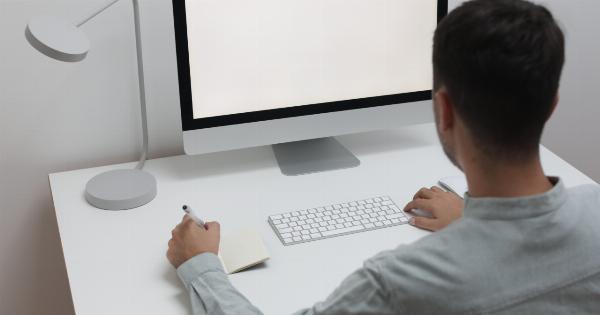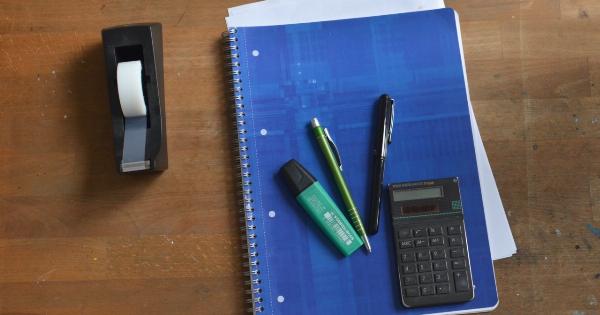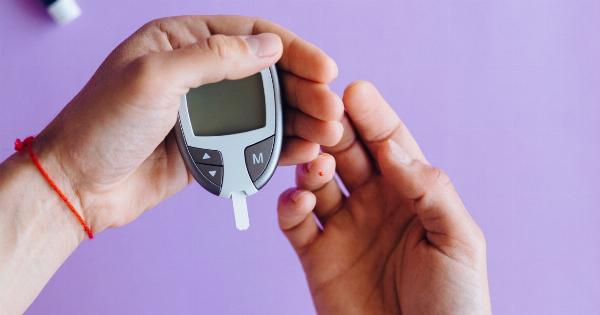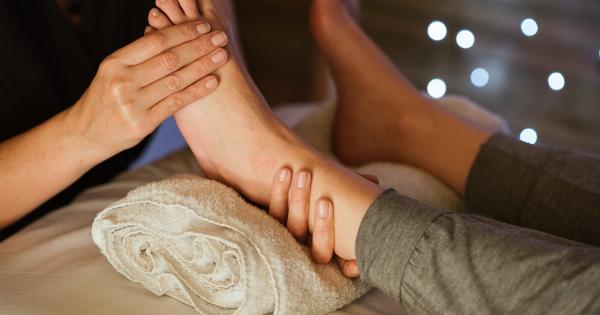Transitioning back to work can disrupt your daily routine, causing additional stress. Start by establishing a consistent schedule that incorporates time for self-care, such as exercise, meditation, and leisure activities.
2. Prioritize Your Tasks
Overwhelming workloads can contribute to stress. Prioritize your tasks by creating a to-do list and focusing on the most important and urgent tasks first.
Breaking your workload into smaller, manageable tasks can alleviate stress and increase productivity.
3. Practice Mindfulness
Mindfulness techniques, such as deep breathing exercises and meditation, can help reduce stress and increase focus. Incorporate mindfulness practices into your daily routine, especially during breaks or moments of high stress.
4. Set Boundaries
When transitioning back to work, it’s important to establish clear boundaries between work and personal life. Communicate your availability to colleagues and limit the amount of time you spend working outside of your designated work hours.
This will ensure a healthier work-life balance and help reduce stress.
5. Seek Support
Reach out to coworkers, friends, or family members who can provide emotional support during your transition back to work. Having a support system in place can provide reassurance and help alleviate stress.
6. Take Breaks and Practice Self-Care
Regular breaks throughout the workday are essential for reducing stress. Take short walks, stretch, or engage in relaxation techniques during your breaks.
Additionally, prioritize self-care activities outside of work, such as spending time with loved ones, pursuing hobbies, or engaging in activities that bring you joy.
Conclusion
Navigating the transition back to work can be a challenging and stressful experience. However, implementing these proven methods can help reduce stress and promote a healthier work-life balance.
Remember to establish a routine, prioritize tasks, practice mindfulness, set boundaries, seek support, and prioritize self-care. By following these strategies, you can ease your way back into work and maintain a balanced and fulfilling lifestyle.































